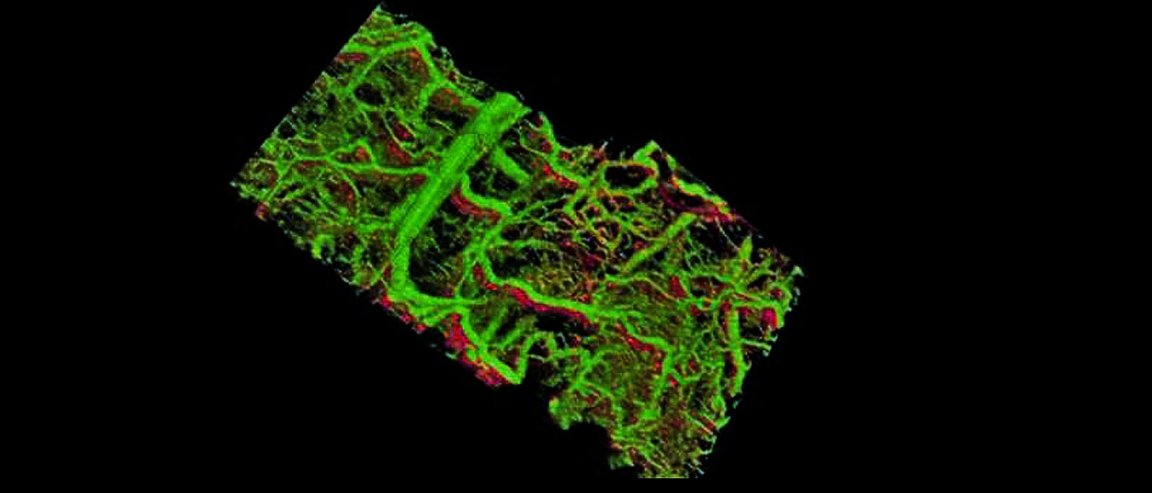
What’s under your skin?
Researchers at Stanford Bio-X have unveiled a new imaging technique that’s sure to make any scientist sing.
Dubbed MOZART (for MOlecular imaging and characteriZation of tissue noninvasively At cellular ResoluTion), the technique being developed by the team from Stanford can provide a three-dimensional image of individual cells ( even molecules) in a living animal in real-time.
With MOZART, doctors can see even the tiniest lymphs and blood vessels, which no other procedure has never been able to do up to now.
“We’ve been trying to look into the living body and see information at the level of the single cell,” said Adam de la Zerda, an assistant professor of structural biology at Stanford and senior author on the paper. “Until now there has been no way do that.”
The added level of detail coupled with the ability to view it in 3D and in real-time, allows medical professionals to detect otherwise invisible tumors under the skin, making for an improved early diagnosis and treatment.
How does MOZART see deeper into the skin?
Although an existing technique called optical coherence tomography (OCT) can reveal what’s several millimeters under the skin, it isn’t sensitive enough to differentiate individual cells or molecules.
MOZART uses a specially made computer algorithm that’s able to precisely separate the frequencies of light scattered by the team’s custom-made gold nanorods, which vibrate at a low frequency compared to other tissues which resonates at high frequency.
“Nobody has shown that level of detail before,” said Bowes Bio-X Fellow and co-author of the study Orly Liba, on the resulting three-dimensional, high-resolution images, that were so big, the team needed to create a different set of algorithm dedicated to analyzing and storing such high definition images.
The team hopes that the technique could be used to learn more about how diseases progress at the molecular level to better evaluate treatments in individual patients “It would be really fun to see if we can make it work and see cells talking to each other in real time,” says Zerda.